Dry needling is an effective therapy that helps relieve muscle pain, stiffness, and spasm. In addition, needle insertion can help release tight bands and knots in muscles by stimulating a twitch response. Dry needling therapy is a form of alternative medicine that has gained popularity in recent years. In this blog post, we will explore the various types of dry needling therapy with a skilled physical therapist.
What is Dry Needling Therapy?
Physical therapists use dry needling therapy to help alleviate pain and muscle tension. Also, dry therapy involves inserting needles into the skin and muscles to stimulate the body’s natural healing response, reducing pain and inflammation.
There are several types of dry needling therapy, each with its own specific approach and benefits. Some of the most common types of dry needling therapy include:
- Trigger Point Dry Needling
Trigger point dry needling is the most common type of dry needling therapy. It involves inserting needles into trigger points, which are hyperirritable spots in the muscle that can cause pain and discomfort. Dry needling stimulates the trigger point, reducing pain and improving range of motion.
- Superficial Dry Needling
Superficial dry needling is a technique that involves inserting needles into the skin to stimulate the body’s natural healing response. Doctors often use this technique to treat chronic pain, such as back pain and neck pain.
- Intramuscular Stimulation (IMS)
Intramuscular stimulation (IMS) is a dry needling therapy used to treat chronic pain caused by muscle tension, releasing tight bands and knots to improve range of motion.
- Acupuncture Dry Needling
Acupuncture dry needling is a form of dry needling therapy that is based on traditional Chinese medicine. In addition, it involves inserting needles into specific points on the body to improve energy flow and restore balance.
- Segmental Dry Needling
Segmental dry needling is a technique that is used to treat pain caused by nerve irritation. Practitioners insert needles into the skin and muscle to reduce pain and restore function. A physical therapist can determine which type of dry needling therapy is right for you based on your specific needs and condition.
What to Expect During Dry Needling Therapy
During dry needling therapy, the physical therapist will first assess your condition to determine the best approach to use. Then, the therapist will insert the needle into the muscle or skin, which may cause slight discomfort. However, the discomfort is usually brief, and patients often report feeling a sense of relief after the needle is removed.
Physical therapists may use heat or cold therapy to reduce swelling and discomfort. The therapist may also provide exercises or stretches to help improve flexibility and range of motion.
Benefits of Dry Needling Therapy
Dry needling therapy offers several benefits, including:
- Pain Relief: Dry needling therapy can help to reduce pain and discomfort in the muscles and joints.
- Improved Range of Motion: By releasing tight bands and knots in the muscles, dry needling therapy can help to improve flexibility and range of motion.
- Reduced Muscle Tension: Dry needling therapy can help to alleviate muscle tension and stiffness, making it easier to move and perform daily activities.
- Faster Healing: By stimulating the body’s natural healing response, dry needling therapy can help to speed up the healing process and promote tissue repair.
- Non-Invasive: Dry needling therapy is a non-invasive treatment that does not involve medication or surgery, making it a safe and effective alternative to traditional medical treatments.
Conclusion
Dry needling therapy is a safe and effective treatment option for muscle pain and stiffness. Physical therapists can tailor dry needling therapy to meet individual needs. Also, dry needling therapy can help reduce pain, improve range of motion, and promote tissue repair, so it should be discussed with a physical therapist.
In sum, to learn more about dry needling therapy and how it can benefit you, contact Kinito Physical Therapy today to schedule a consultation with one of our skilled physical therapists.
